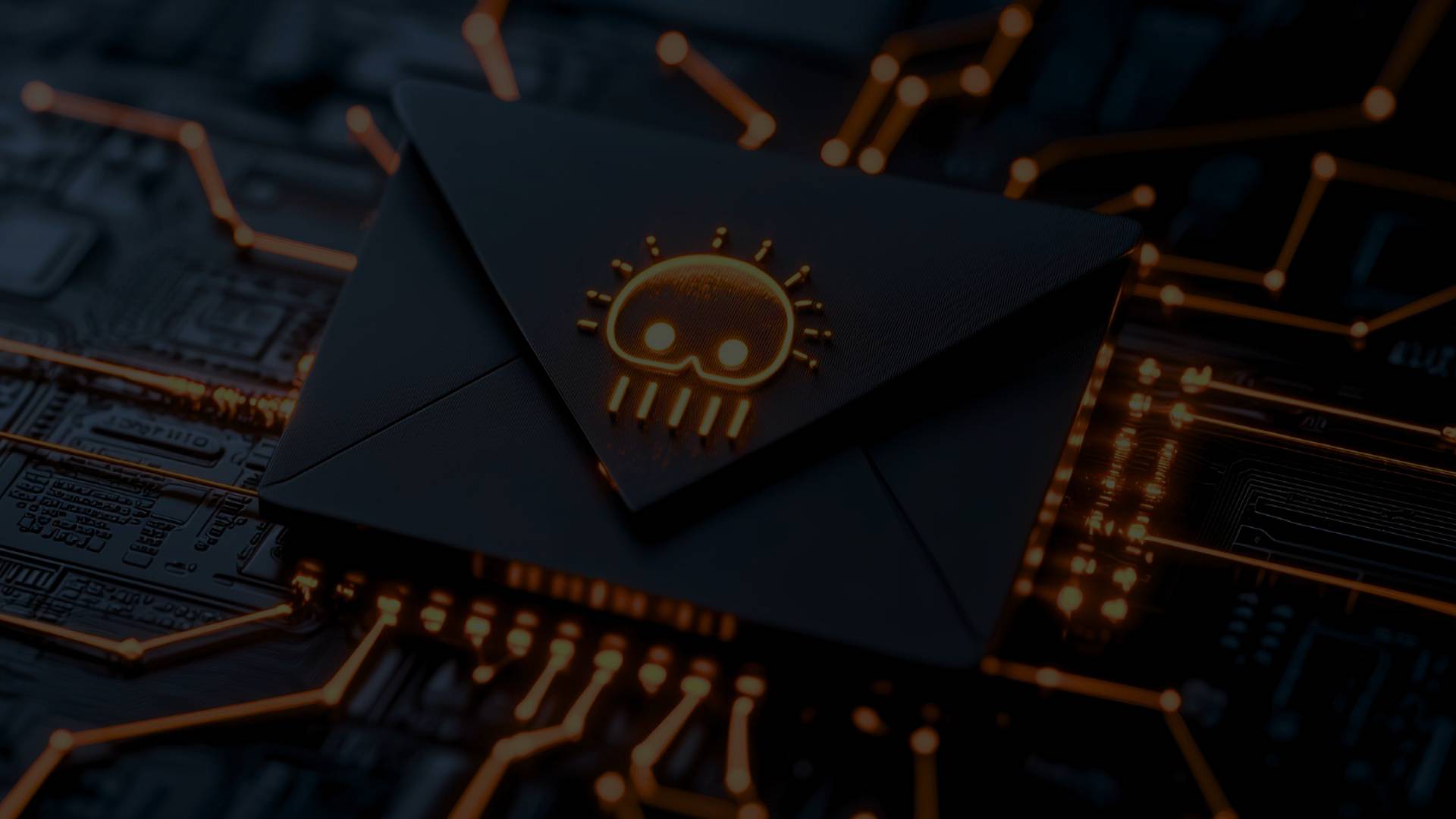Protecting Corporate Data from Email-Based Ransomware
In today’s increasingly connected world, email remains one of the most common entry points for cyberattacks. Among the most damaging of these attacks is email-based ransomware, which can cripple organizations by locking critical data behind encryption, demanding large ransoms in exchange for its release. As cybercriminals continue to refine their tactics, it has become essential for businesses to implement advanced strategies to protect sensitive data.
The Rise of Email-Based Ransomware
Email-based ransomware attacks typically begin with a malicious email that contains a link or attachment designed to exploit vulnerabilities in email systems or user behavior. These emails are often disguised as legitimate communications from trusted sources, such as colleagues or business partners. Once clicked, they initiate the download of ransomware, which then spreads across the corporate network, encrypting important files and demanding a ransom.
The damage caused by such attacks is not limited to the immediate disruption in business operations. Organizations also face long-term consequences, including financial losses, reputational damage, and non-compliance with regulations like GDPR and HIPAA. As ransomware becomes more sophisticated, traditional email security solutions are increasingly inadequate.
Advanced Email Security: Combating Ransomware with AI
To mitigate the risk of email-based ransomware, organizations are turning to AI-driven email security solutions that offer real-time analysis and threat detection. Traditional security measures, such as firewalls and spam filters, are reactive and may miss advanced threats. In contrast, AI-powered systems use machine learning to continuously monitor email communications for suspicious patterns, behaviors, and anomalies, significantly enhancing an organization’s ability to detect and neutralize ransomware before it causes damage.
For example, AI can analyze email headers, attachments, and links for signs of malicious behavior. When an email comes in, the system checks if the source is legitimate, assesses the risk based on historical data, and determines whether the attachment or link is potentially harmful. AI algorithms can even examine the email’s content for signs of social engineering or phishing attempts, which are commonly used to trick employees into clicking on malicious links.
One of the most effective ways AI aids in ransomware detection is through the use of behavioral analytics. AI algorithms can learn the normal patterns of communication within an organization and flag any deviations that might indicate an attack, such as emails containing unusual attachments or requests that deviate from regular work practices.
Case Study: Protecting a Financial Firm from Ransomware
A global financial firm with operations in several countries found itself the target of a sophisticated email-based ransomware attack. Despite using traditional email security solutions, the firm’s systems were unable to detect the advanced phishing email, which appeared to come from an internal employee. The malicious attachment, once opened, encrypted sensitive financial data and shut down critical operations for hours, causing significant losses.
In response, the firm integrated AI-powered email security tools that utilized behavioral analytics to flag any unusual email activity. With these advanced defenses in place, the system quickly identified a suspicious email from an unusual source and flagged it for review. The AI-driven system also triggered a Chatbot alert to the recipient, asking them to verify the sender before taking any further action.
As a result, the firm was able to prevent the ransomware from spreading, saving both time and money. The ability to detect the threat in real-time ensured that critical financial data remained protected, and the firm was able to comply with industry regulations regarding data protection and confidentiality.
AI-Powered Chatbots: Enhancing Ransomware Defense
While AI plays a pivotal role in email threat detection, Chatbots are emerging as a complementary tool for combating ransomware. By integrating AI-driven Chatbot technology into email systems, businesses can introduce an additional layer of verification. When a suspicious email is detected, the Chatbot can prompt employees to confirm the legitimacy of the message before clicking on any links or opening attachments.
This approach not only helps protect sensitive data but also encourages employees to adopt best practices when dealing with suspicious emails. By providing real-time guidance and requiring verification for potentially harmful actions, Chatbots help organizations stay ahead of evolving threats.
Case Study: A SaaS Company’s Journey to Ransomware Protection
A SaaS company providing cloud-based solutions for businesses was also a frequent target of email-based ransomware attacks. Although the company had a basic email security system in place, they faced multiple near-misses where employees inadvertently clicked on malicious links, risking a breach.
To enhance their defenses, the company adopted an AI-powered email security solution that utilized machine learning to detect unusual email content and Chatbot-based alerts to engage users in real-time. For example, when an employee received an email containing a link to a file-sharing service that had never been used before, the system immediately flagged the message and prompted the employee to verify the request via a Chatbot before proceeding.
The results were impressive. Over the course of several months, the company successfully prevented multiple ransomware attacks. The AI-powered email security system also provided detailed reports on attempted phishing attacks, enabling the company to fine-tune its security protocols and stay ahead of emerging threats.
Conclusion: The Future of Email Security
Protecting corporate data from email-based ransomware requires more than just basic defenses. With the rise of sophisticated attacks, businesses must adopt advanced, AI-powered solutions that can provide real-time threat detection and prevention. By combining machine learning, behavioral analytics, and Chatbot verification, organizations can stay one step ahead of cybercriminals, ensuring that their critical data remains safe and compliant with industry regulations.
As ransomware tactics continue to evolve, companies need to integrate comprehensive, intelligent solutions that address both the technological and human elements of email security. With the right tools in place, businesses can significantly reduce the risk of a ransomware attack and protect their most valuable assets.








